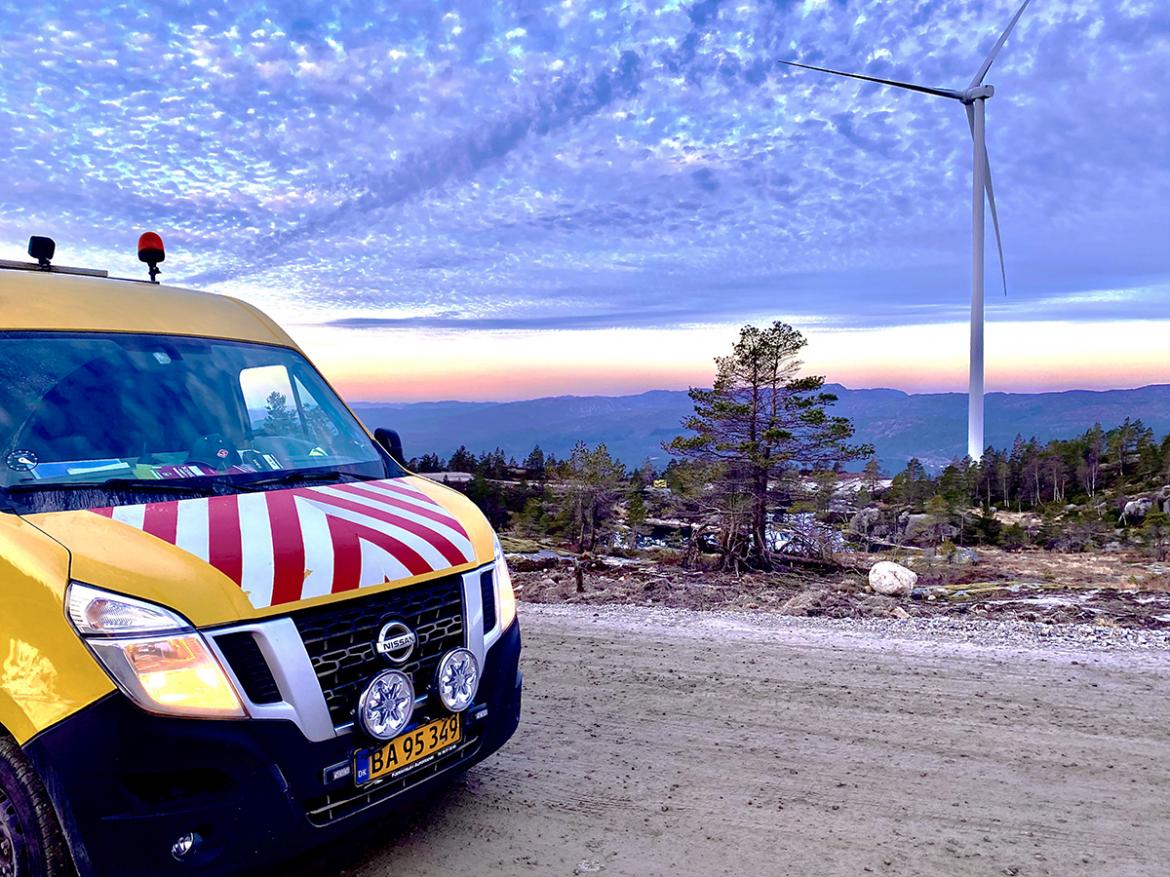45 years of experience in traffic control

Back in the day, you could see a wide variety of car models escorting transports. Silvasti has used many kinds of vehicles over the years as well – even one Mini Cooper.
The issue with the Mini was the large size of the “special transport” sign, which slowed the car down and made it difficult to stay ahead of the transport. We solved this problem by boring holes in the plywood sign to make the Mini go faster. One great feature of the Mini was that its rear could be used for storing grit while the rear doors were kept open. This was particularly useful when long railway rails to Kostomuksha were laid down.
Another memorable escort vehicle was the Citroën 2CV. The car was a perfect rear guard because it was easy to fix the warning sign on its rear hatch.
We have used many methods to save costs. For example, we installed lifting handles on the roof of a Volkswagen 1200, i.e. the Beetle, in order to transport it on a carriage. The idea worked well until the roof gave away, and, in winter, the door seams let freezing air inside the car.
Vehicles have changed, but the work has stayed the same. Oncoming cars must be informed that they will soon have to give way to a special transport. Showing a red light in the dark used to be officially prohibited and only the official “closed to all vehicles” sign was allowed. Our solution was to have the traffic marshal keep the official sign in their inside breast pocket and make motorists obey the red light.
An escort vehicle driver plays a key role in a transport. If something goes wrong with the escort vehicle, the transport comes to a halt. So, make sure you are fit to drive and rest enough before a job to ensure you are not the weak link in a special transport. For example, in Sweden one blade transport requires three escort vehicles and one trailer driver. Everyone is equally responsible for the success of the transport.
In the challenging world of special transports, every single job is different but always demanding!
